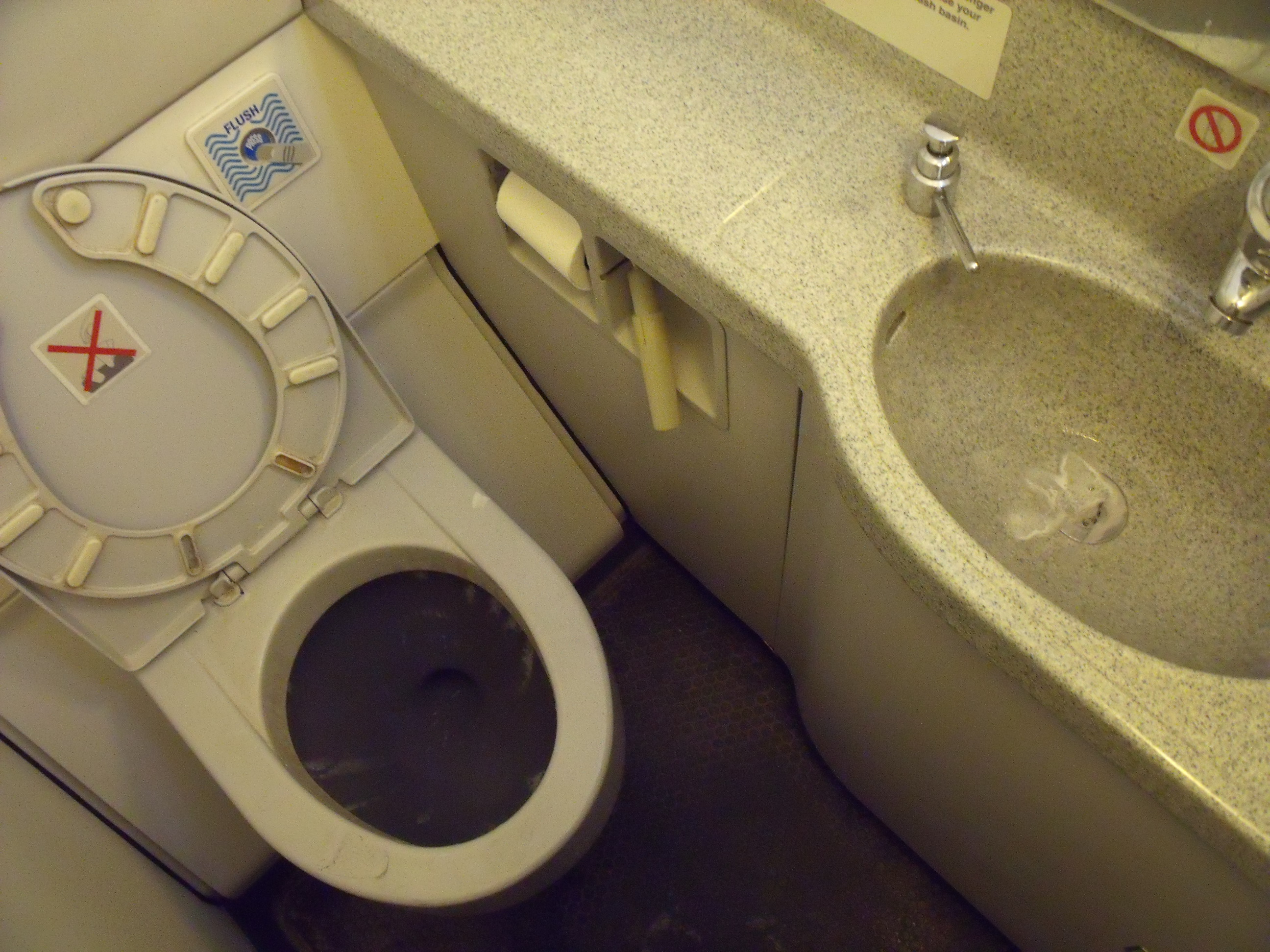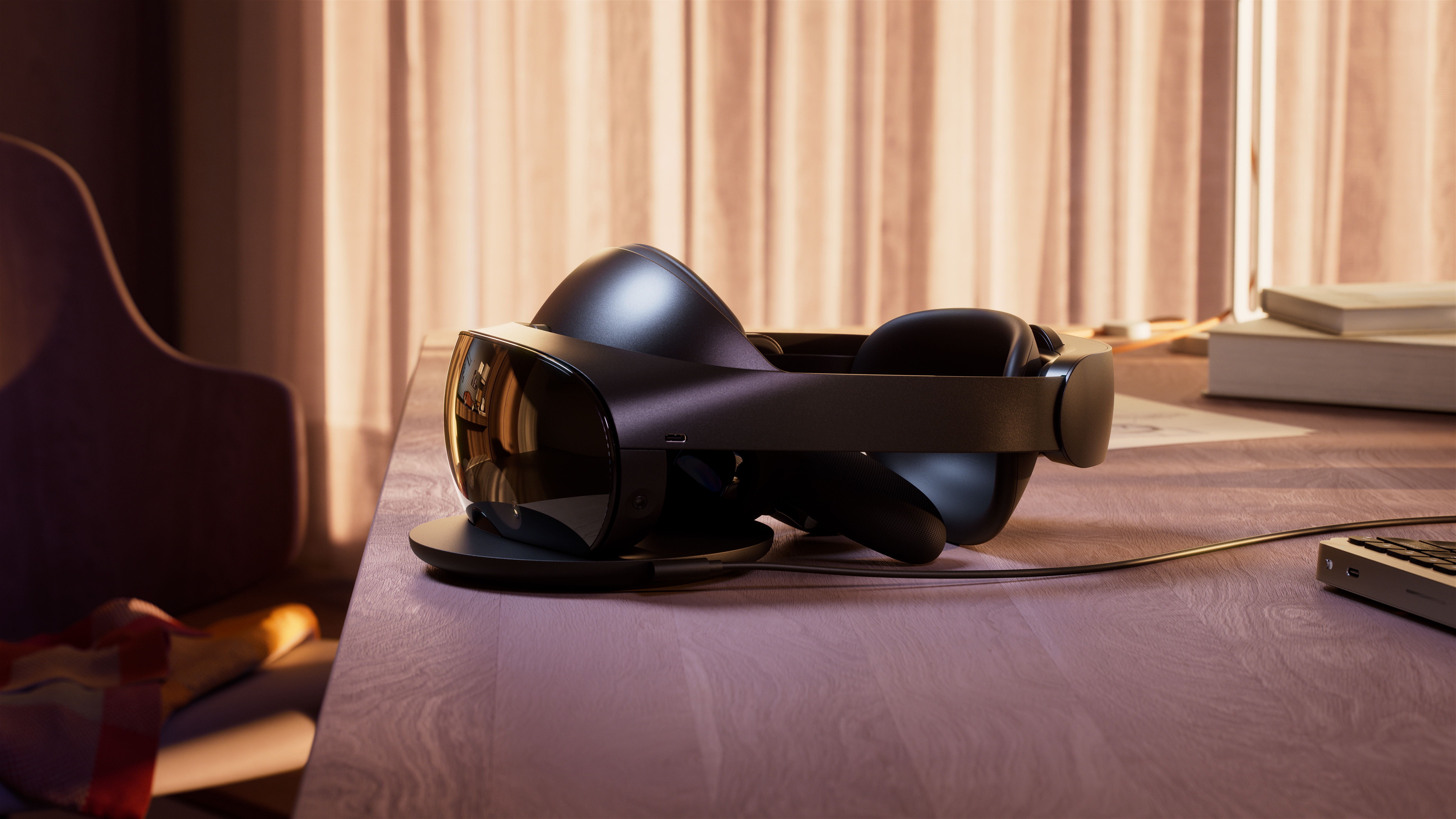Nvidia's new Smooth Motion technology is exclusive to RTX 5000 series GPUs, but not for long - RTX 4000 series support incoming
Nvidia will enhance RTX 4000 users' experience, with Smooth Motion making its way to the previous generation in a future update.
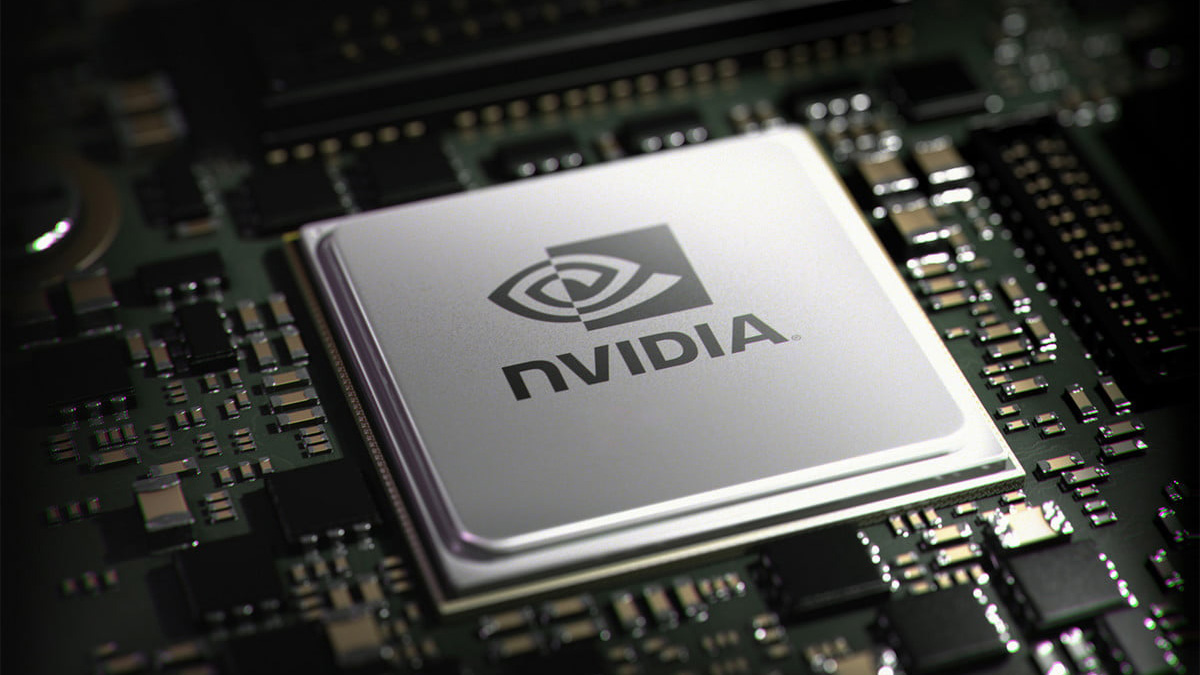
- Nvidia's Smooth Motion replicates AMD's Fluid Motion Frames, a driver-based version of Frame Generation
- This will allow you to activate Frame Generation in games that don't have native support
- The feature only works in DX11 and DX12 games as of now
Nvidia is firing on all cylinders this generation, with the RTX 5000 lineup at the forefront of the GPU department - and now, Team Green looks set to replicate AMD's Fluid Motion Frames not only for its new GPUs, but the RTX 4000 series too.
Highlighted by VideoCardz, Nvidia's new Smooth Motion technology (currently exclusive to the RTX 5000 GPU lineup) will be making its way to RTX 4000 series GPUs in a future update - this will act similarly to its rival AMD's Fluid Motion Frames, which will allow Frame Generation to be utilized in any DX11 or DX12 game via driver settings - unlike how Nvidia’s DLSS and frame-gen tech currently needs to be implemented at the developer level.
‘GeForce Evangelist’ (an Nvidia promoter) Jacob Freeman, further hinted that while the new feature will act similarly to Frame Generation (now Multi Frame Generation for the RTX 5000 series), it won't come close in terms of image quality and input latency. Despite this, Smooth Motion will still be highly beneficial for older games that don't have access to Frame Generation and are unlikely to have any native support added by developers.
While DLSS 4 has already been shown to provide a significant leap in image quality and stability while using performance mode in games (and it’s now available for all RTX users), this is yet another addition that will help gamers in cases of poor optimization on PC.

Perhaps this could finally be a gateway for RTX 3000 and 2000 series users to utilize Frame Generation...
Now, looking at AMD's Fluid Motion Frames, it's already widely available for Radeon RX 6000 and 7000 series GPUs including a range of mobile laptop GPUs and even APUs in handheld gaming PCs. It functions by inserting an AI-generated frame in between two rendered frames, as a driver-based solution to increase in-game smoothness and increased frame rates, much like how Nvidia’s existing DLSS frame-gen solutions work. Nvidia's Smooth Motion promises the same thing, and will even work in games that don't support DLSS.
Not too long ago, Nvidia's Applied Deep Learning Research VP Bryan Catanzaro hinted at the chances of Frame Generation coming to RTX 3000 series GPUs - the matter supposedly comes down to optimization of the technology, and the promise of being able to get the best out of older hardware was clear, so could Smooth Motion be the start of that?
We've already got confirmation that Team Green's Reflex 2 feature will first be exclusive to RTX 5000 series GPUs but will eventually be rolled out to older GPUs, so perhaps the same could happen here. It might not turn out to be as effective as native Frame Generation (or Multi Frame Generation) in games, but it gives plenty of players a solution for games that may need it for better performance on PC.
Regardless, it's nice to see that Nvidia isn't locking certain features to the RTX 5000 series when they can reasonably be used on older GPUs, and long may it continue. After all, getting your hands on an RTX 5090 isn’t exactly easy right now…
You may also like...
- Nvidia and AMD are set for a showdown in March, if this rumor holds any truth - RTX 5060 Ti and 5060 reportedly launching next month
- Nvidia's RTX 5080 has dethroned AMD's RX 7900 XTX at the same price – but good luck finding one
- I saw Nvidia's new DLSS 4 in action on the RTX 5090 and it's a true game changer – here's why






















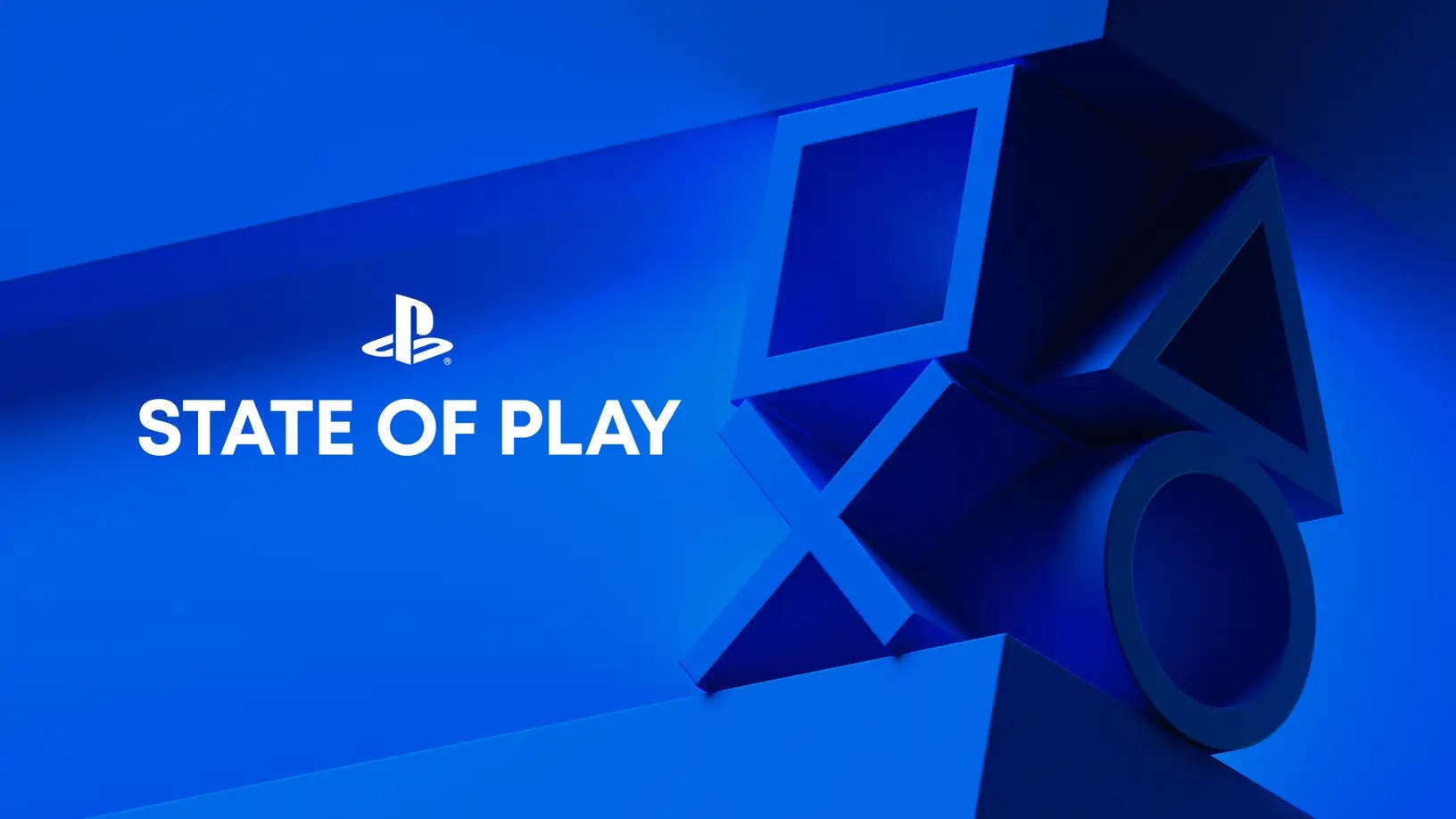
.jpg?width=1920&height=1920&fit=bounds&quality=80&format=jpg&auto=webp#)
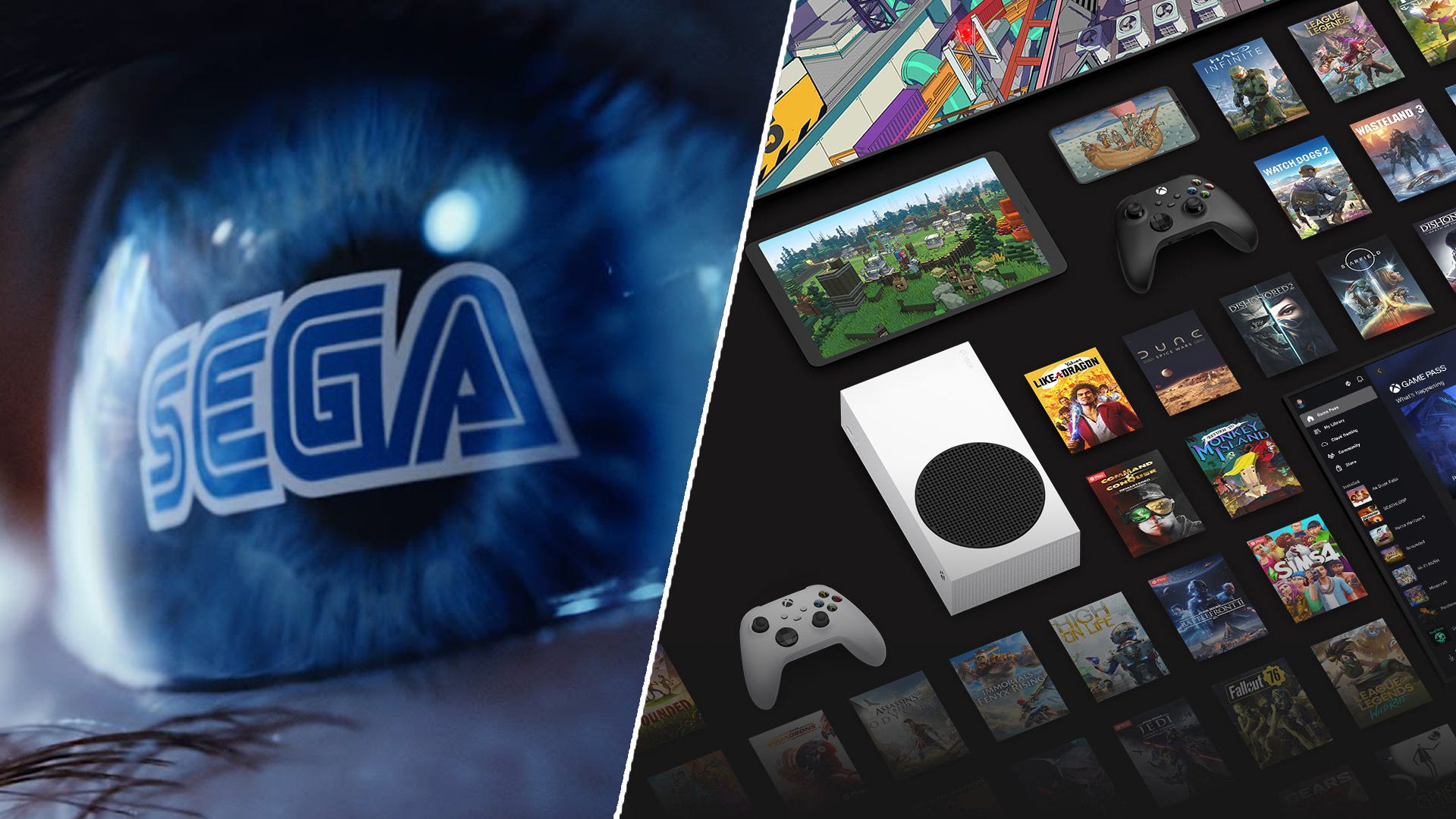
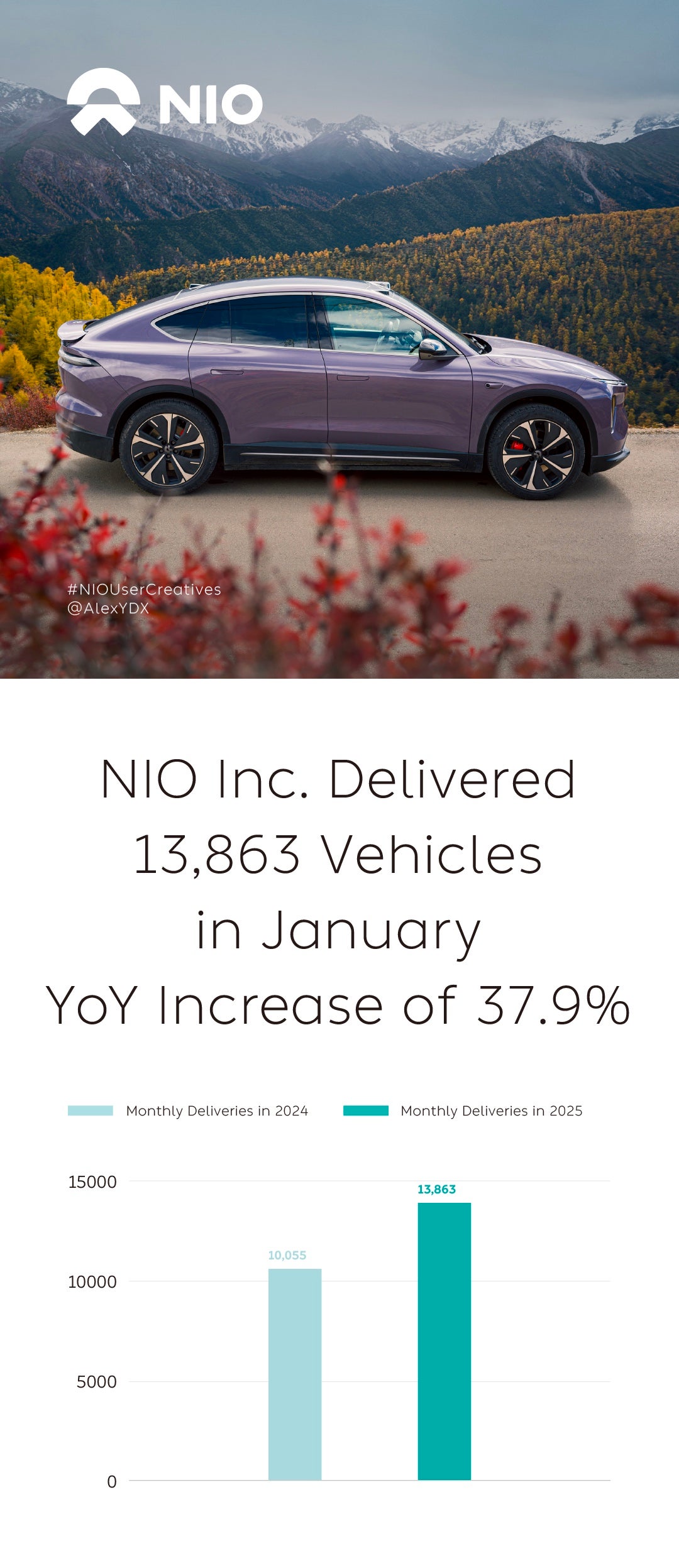









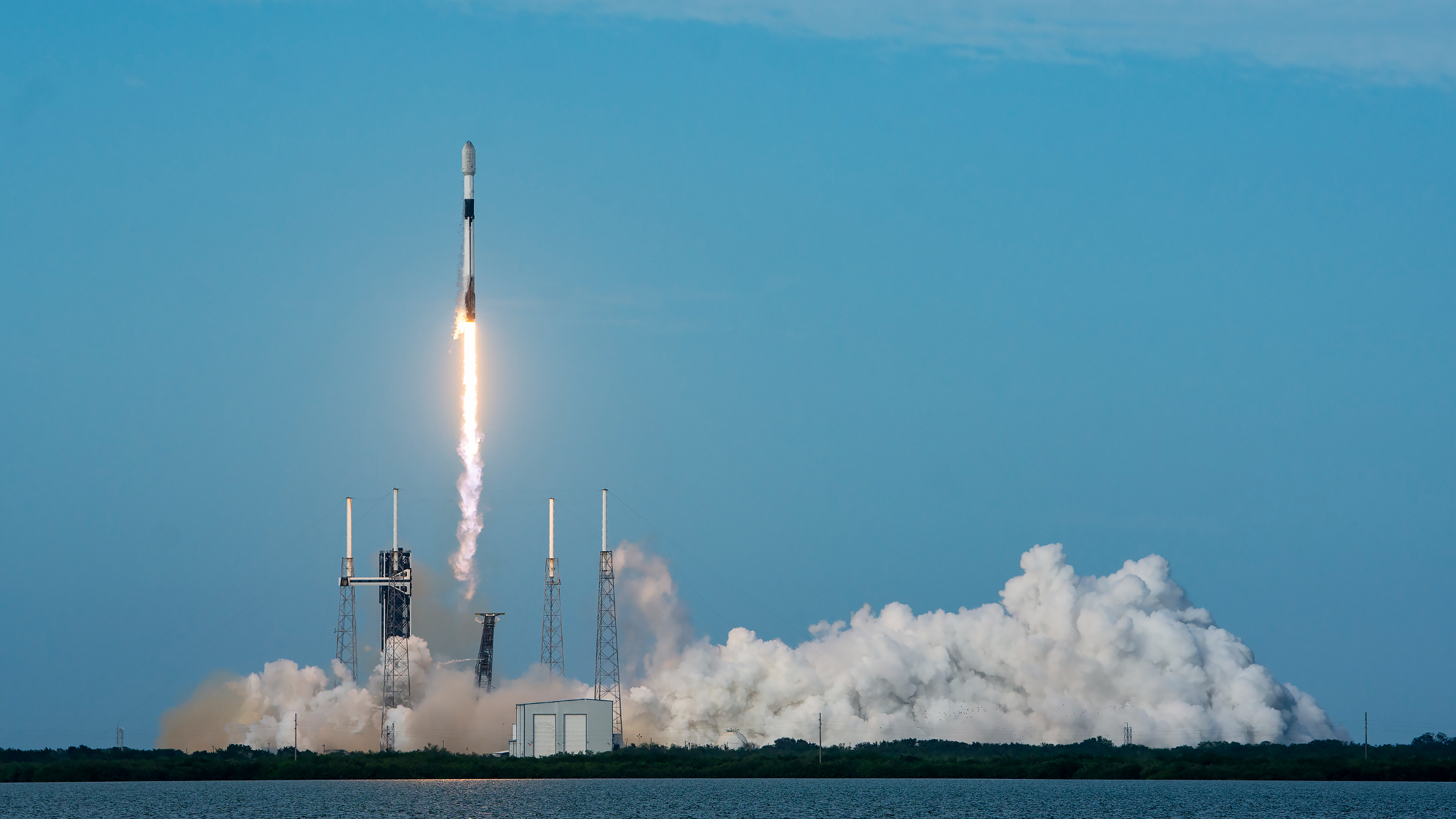

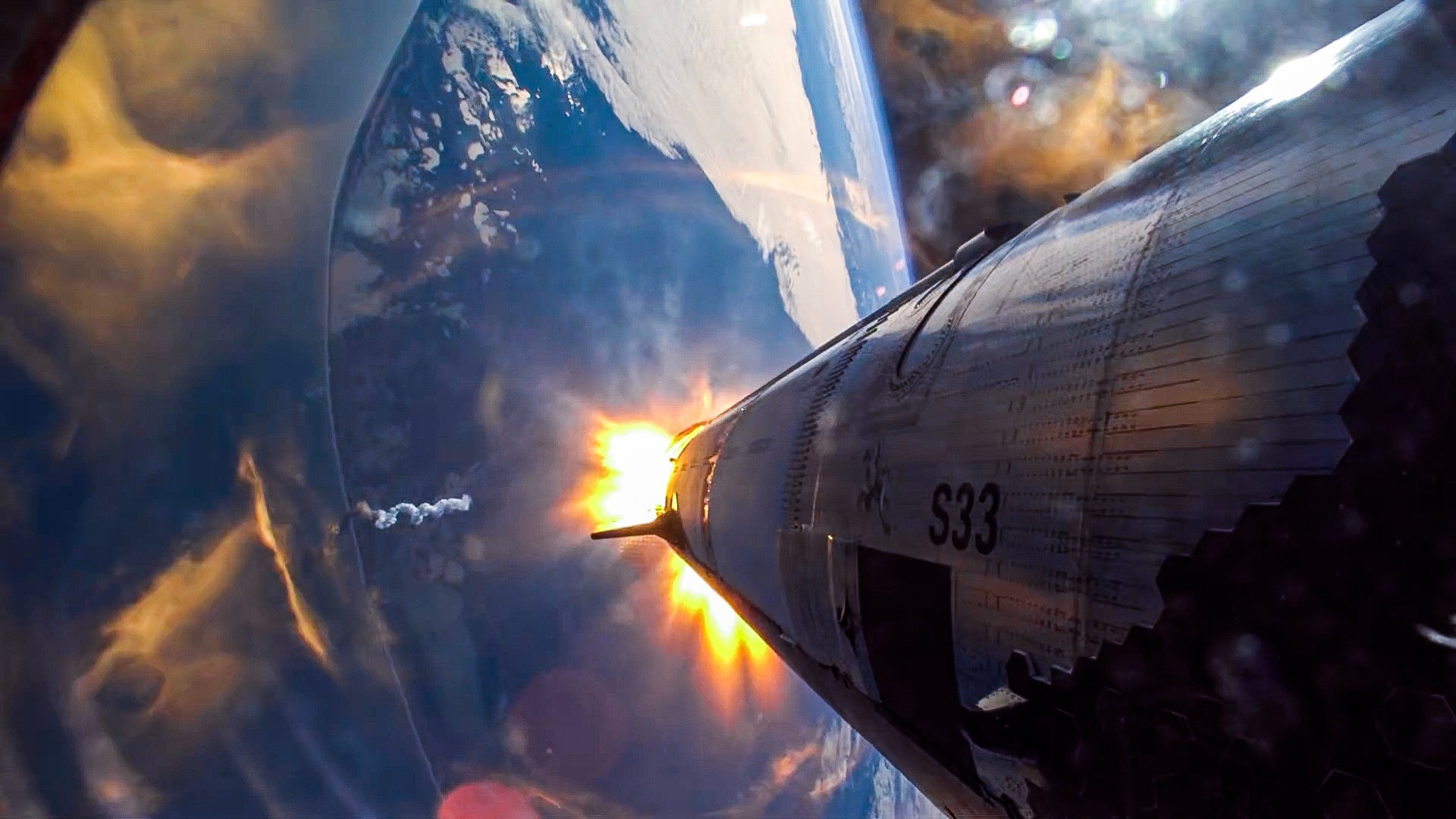
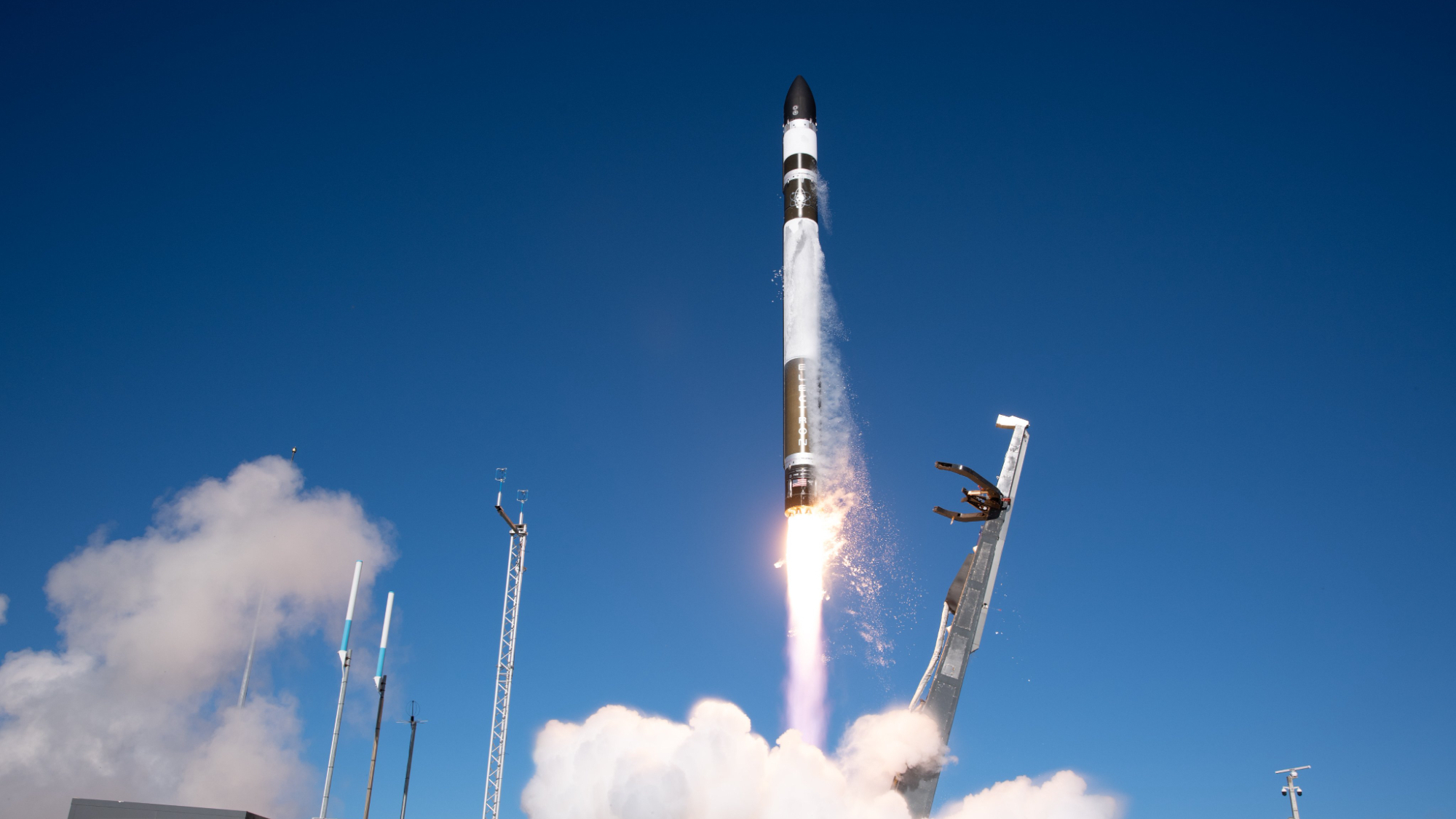




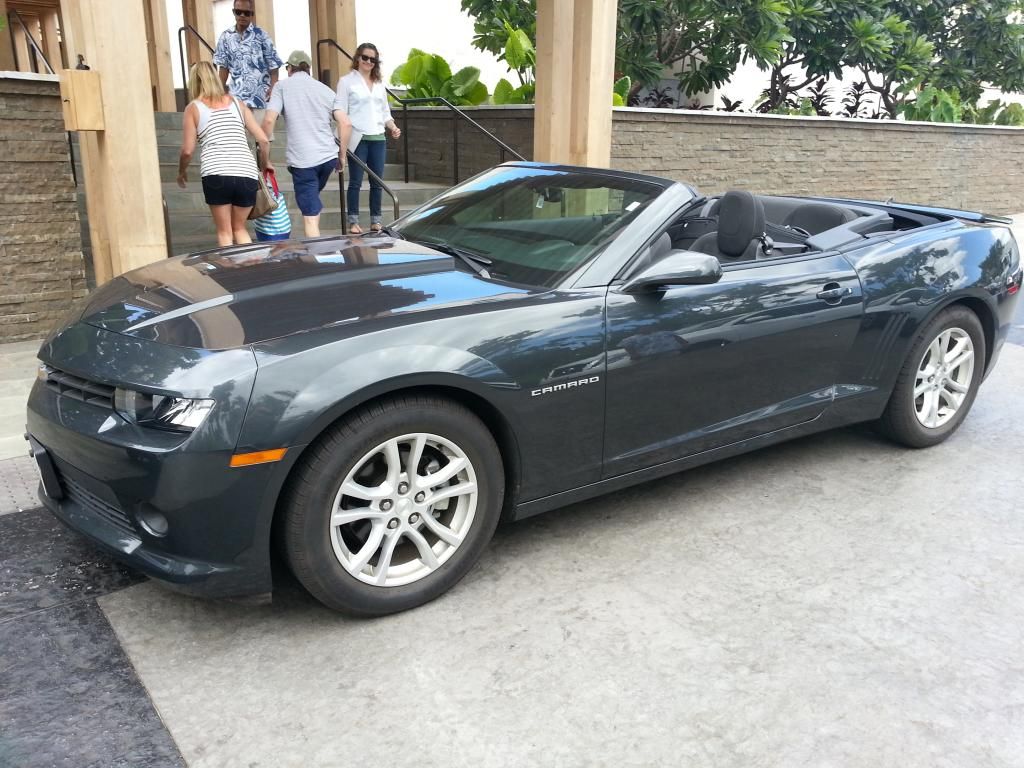
![Gay Catholic United Flight Attendant Axed After ‘Sex Is Unchangeable’ Remark—Raises Enough Money To Sue [Roundup]](https://viewfromthewing.com/wp-content/uploads/2025/02/DALL·E-2025-02-03-08.46.00-A-high-contrast-digital-montage-combining-aviation-Catholic-symbolism-and-legal-imagery___-Central-figure_-A-stern-looking-male-flight-attendant-in.webp?#)
